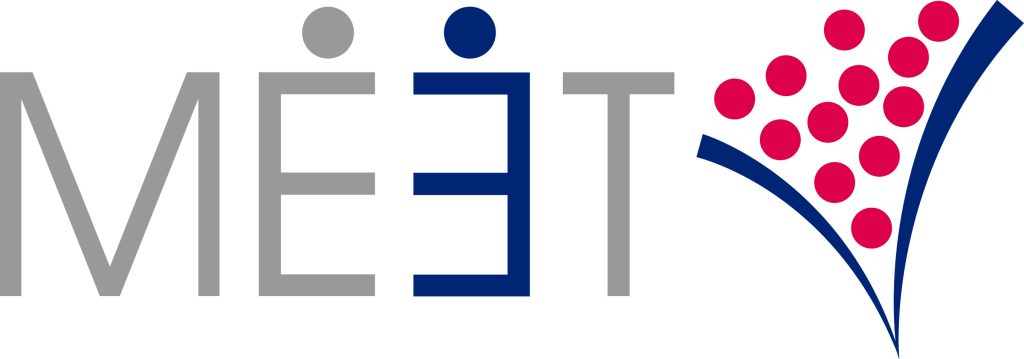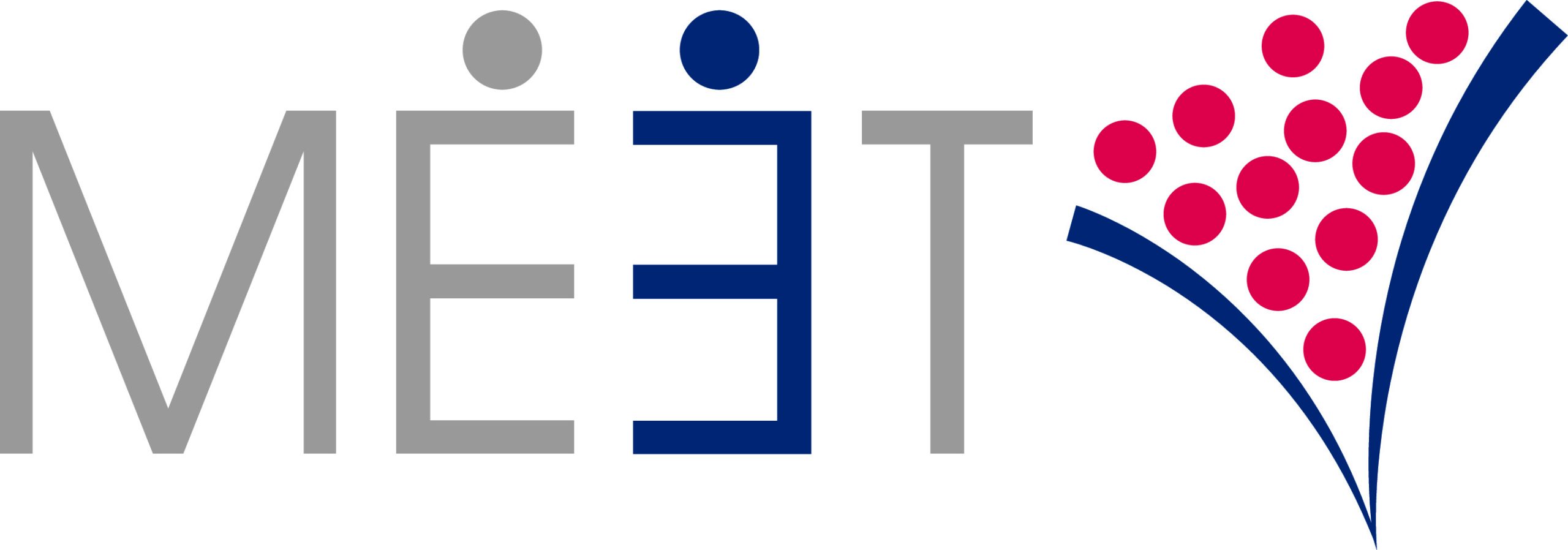Nail the Follow-up: Close More Sales, A Conversation with Scott MacGregor – Part 1
In late July, our team at MEET launched an exciting new series: Coffee and Conversation, periodic live-stream interviews with experts
Nail the Follow-up: Close More Sales, A Conversation with Scott MacGregor – Part 1 Read Post »

